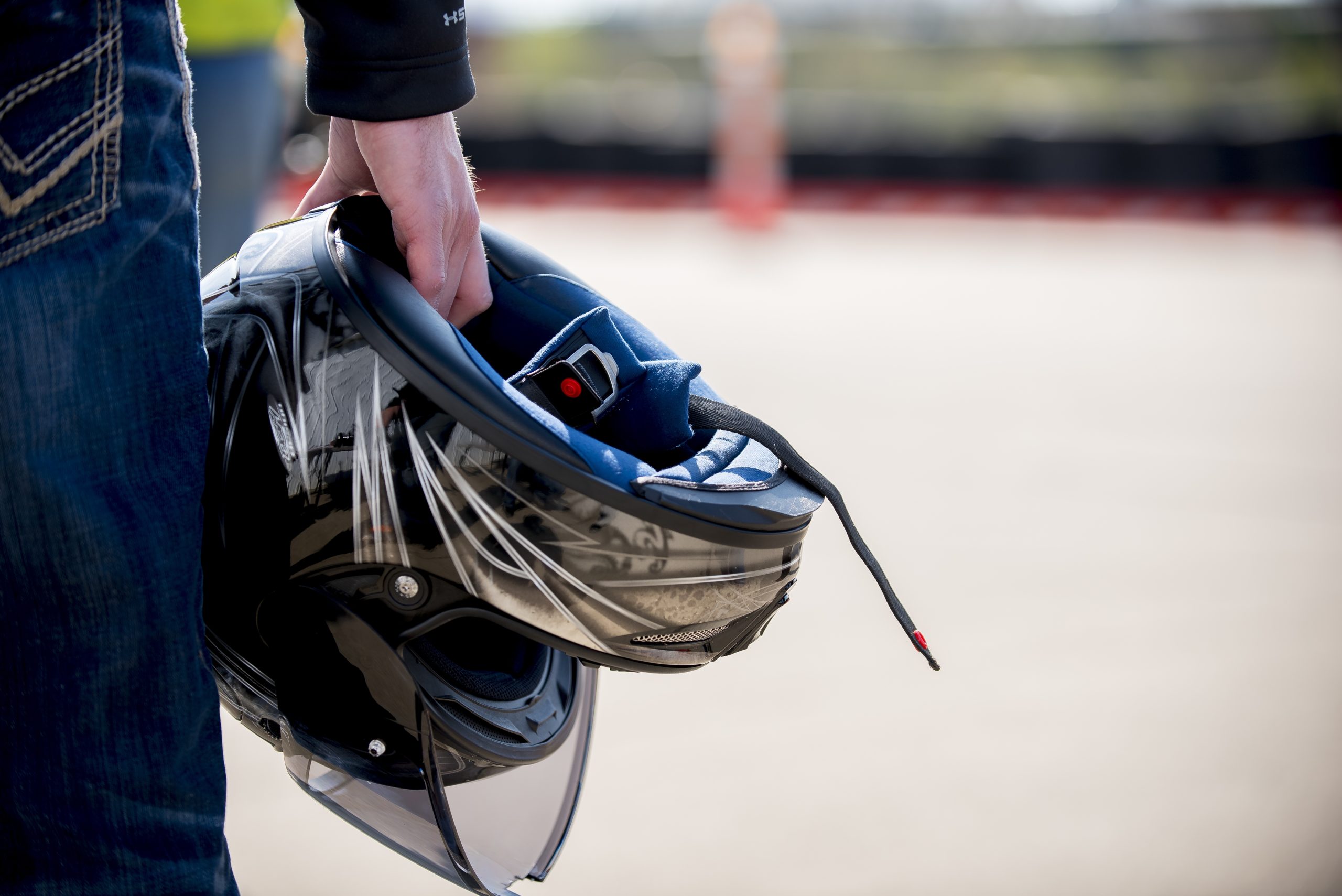
Importance of Helmets: Why you should wear a Helmet
Helmet Safety
Have you ever walked through the neurosurgery ward of your city hospital? The sight of hospitalized patients, many of whom have suffered head injuries, is a stark reminder of the risks associated with not wearing helmets while riding motorcycles. Head injuries often result in memory loss and tragically low survival rates. This begs the question: why do people not bother to wear helmets? When it is safe to wear.
The Importance of Helmets
Research has consistently shown that motorcycle riders without helmets are significantly more likely to sustain head injuries(three times more) in crashes compared to those who wear securely strapped helmets. Wearing a helmet can reduce the risk and severity of injuries by approximately 70%, decrease the likelihood of death by almost 40%, and substantially lower healthcare costs associated with motorcycle accidents.
It’s imperative to recognize that head injuries are the leading cause of death in motorcycle accidents, with many fatalities directly attributable to riders not wearing helmets. Serious injuries and death could be avoided by the proper use of a helmet that absorbs the impact of a fall or crash.
Because motorbikes can navigate traffic more quickly than other cars, they are becoming more and more popular. However, this has also led to a rise in motorcycle accidents. Motorcycle riders must wear helmets to prevent catastrophic head injuries.
Understanding Motorcycle Crashes
The rider’s body travels in the same direction and at the same speed as the motorbike in the case of a motorcycle crash. But in the event of a motorcycle crash, the motorbike abruptly stops and the rider keeps going until something stops them, usually a roadside object or the pavement.
This is where the helmet comes into play: by dispersing crash forces and minimizing their impact on the head. It aims to lower the chance of traumatic head and brain injuries. It is important to recognize that traumatic brain injury can cause lasting impairment, which has a significant impact on the victim as well as their family.
How Does a Helmet Work?
A helmet typically decreases the deceleration of the skull, and brain movement, by managing or lowering the impact of the crash. The soft material inside the helmet absorbs the impact and hence the head stops more slowly. This indicates that there is less force applied by the brain to the skull. It disperses the impact forces across a larger surface area, preventing them from concentrating on specific skull parts. It functions as a mechanical barrier between the head and the striking item, preventing direct contact between them.
The four basic parts and their functions are as follows,
- Rigid outer shell
This is a strong outer layer of the helmet that disperses the forces of an impact across a wide surface area, reducing it before it reaches the skull. The outer shell is strong and is made to compress when it strikes something hard.
It shields the padding within the helmet from knocks and abrasions from regular use and guards against penetration by tiny, sharp, and fast things. According to these specifications, the shell has to be durable and often have a smooth appearance.
- Impact-absorbing liner
This is made of a soft, crushable padding substance, most often expanded polystyrene, also known as Styrofoam. This thick layer attempts to absorb and soften the impact when the helmet stops and the head tries to continue moving.
- Comfort padding
This is a cushiony layer of cloth and foam that rests next to the skull. It keeps the helmet fitted tightly and the head comfortable.
- Retention system, or chin strap
This is the system that, in the event of a crash, holds the helmet on the head. The shell has a strap attached to either side. The helmet cannot perform as intended unless the chin and neck straps are worn correctly.
If the helmet is not fastened properly, in the event of an accident or abrupt harsh braking, there will be no protection for the brain.

